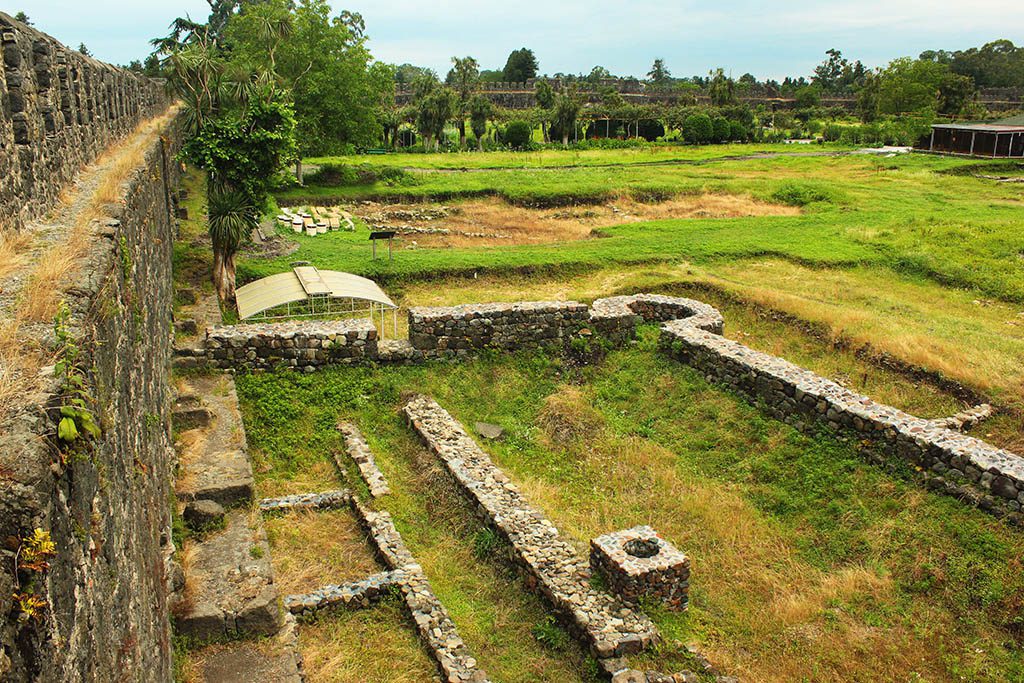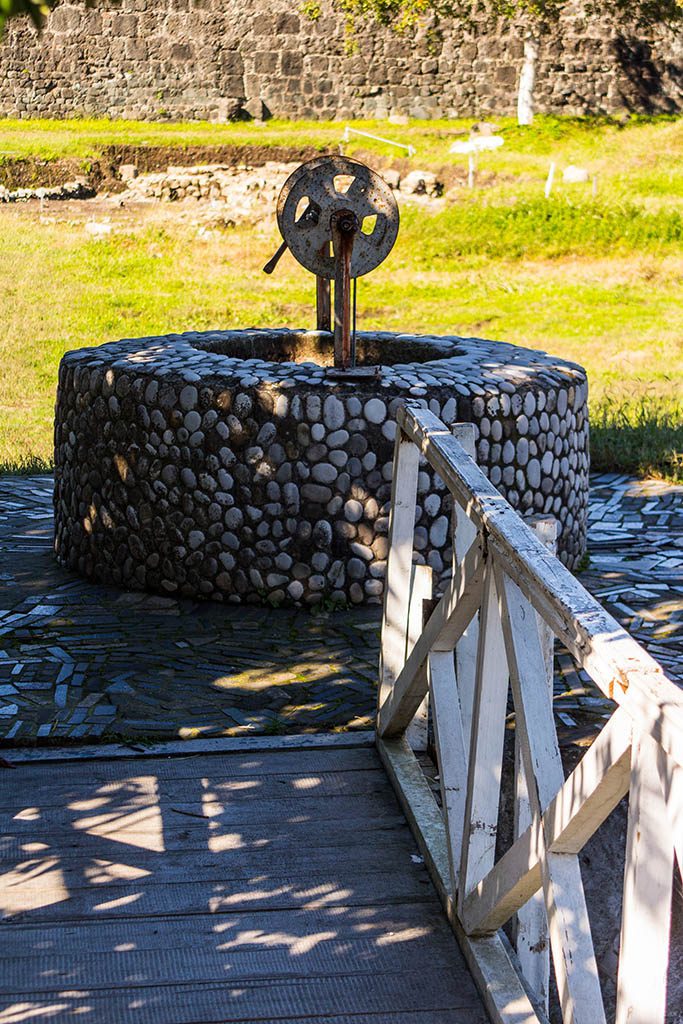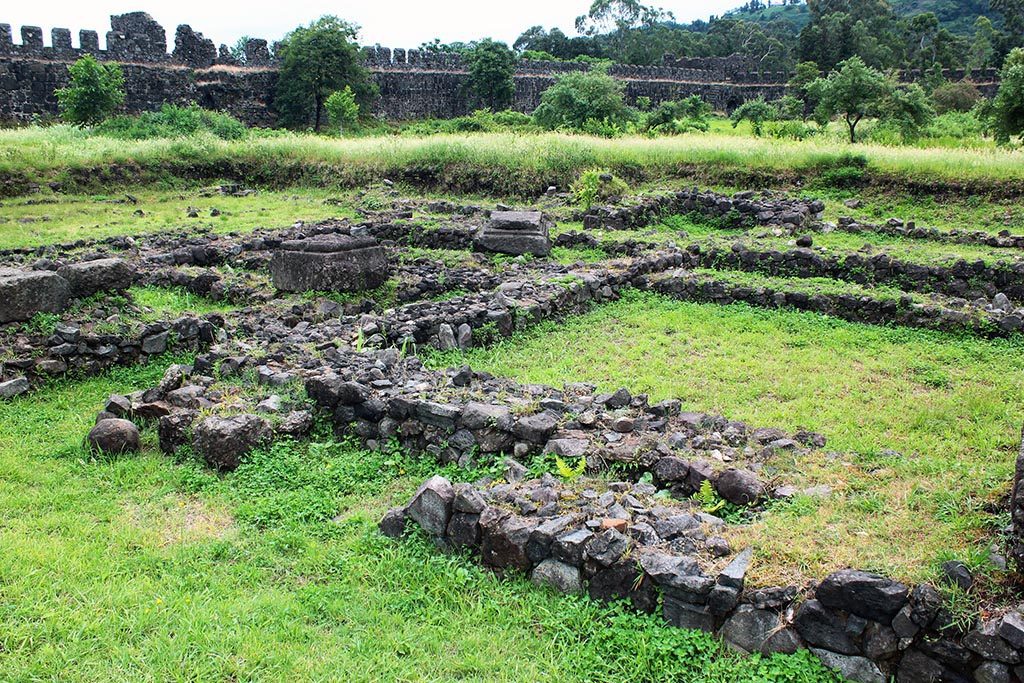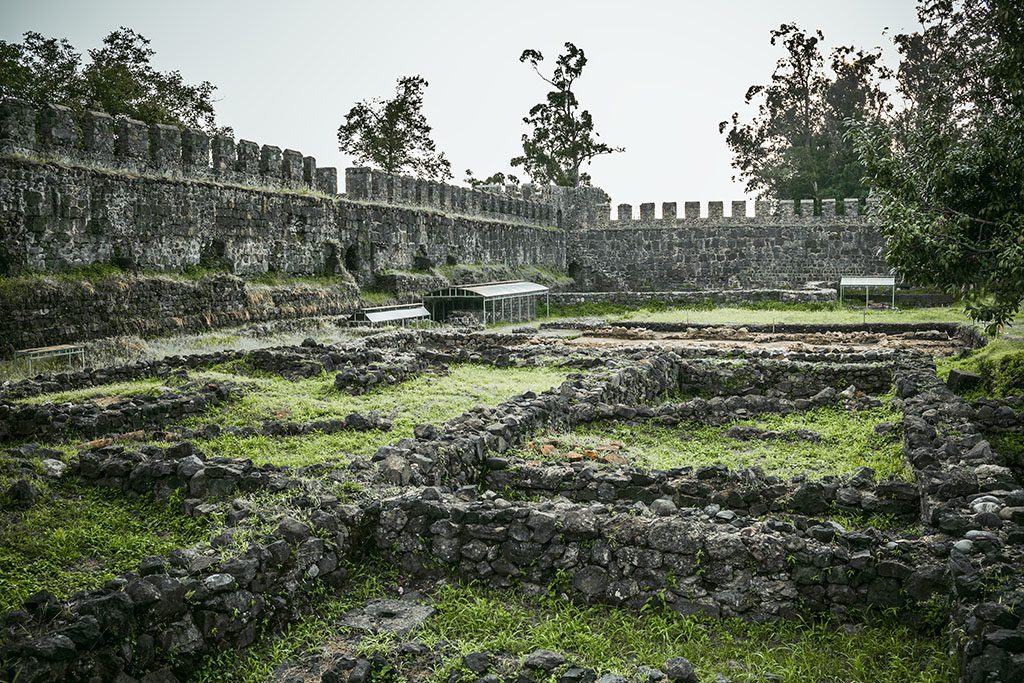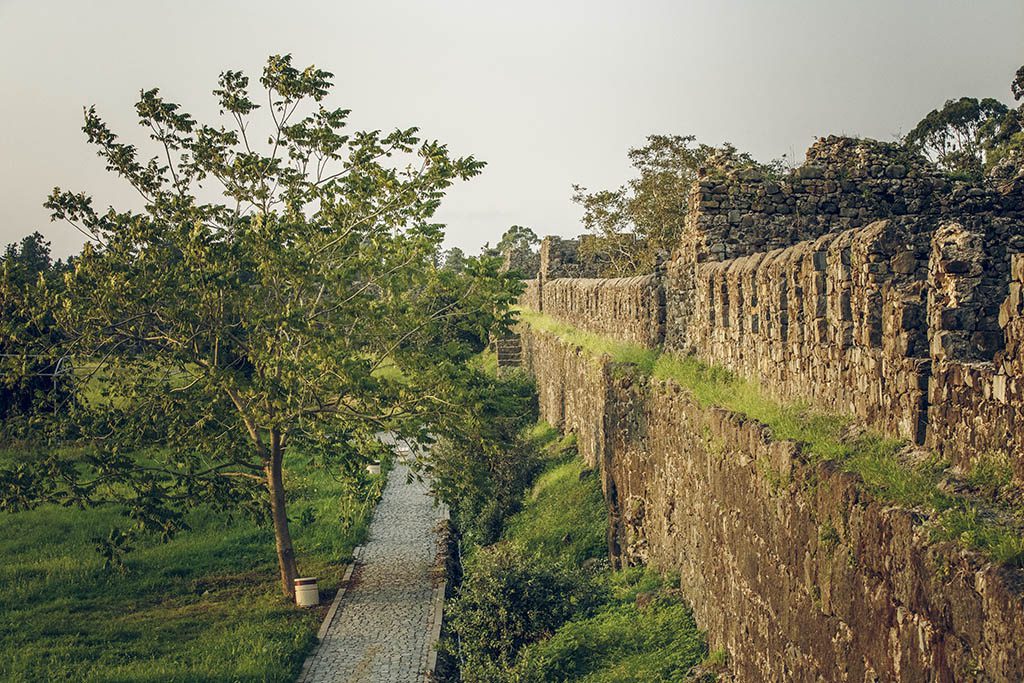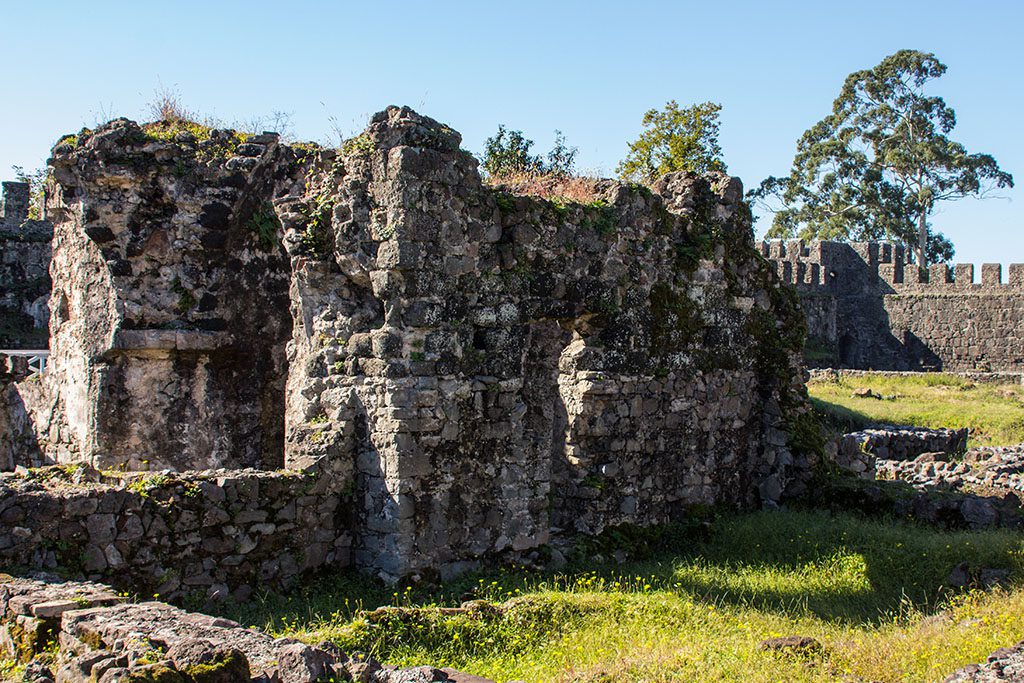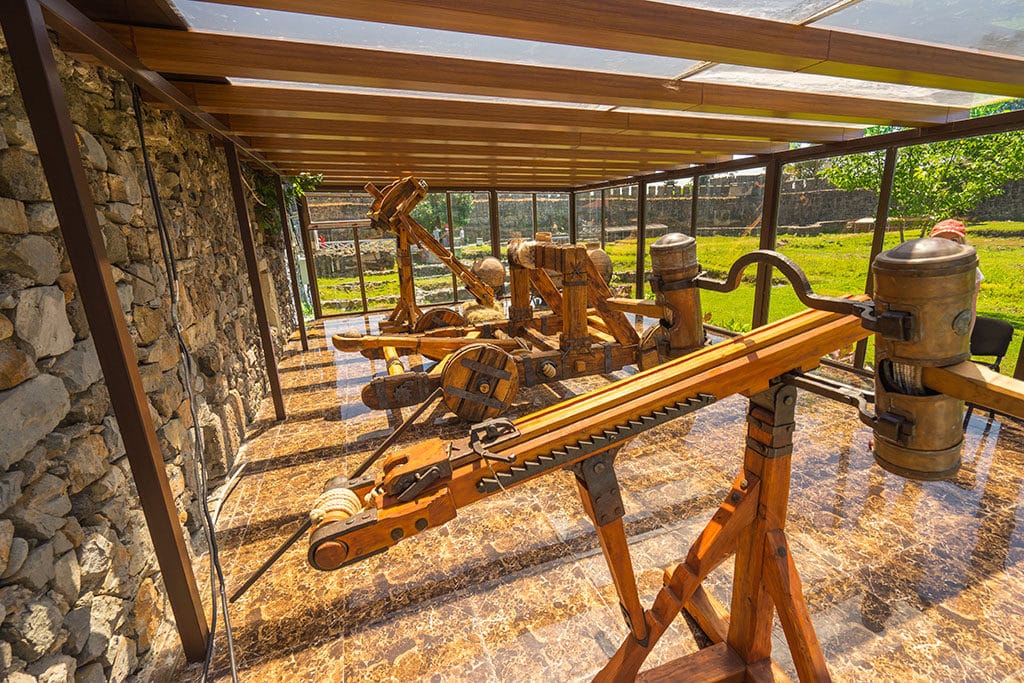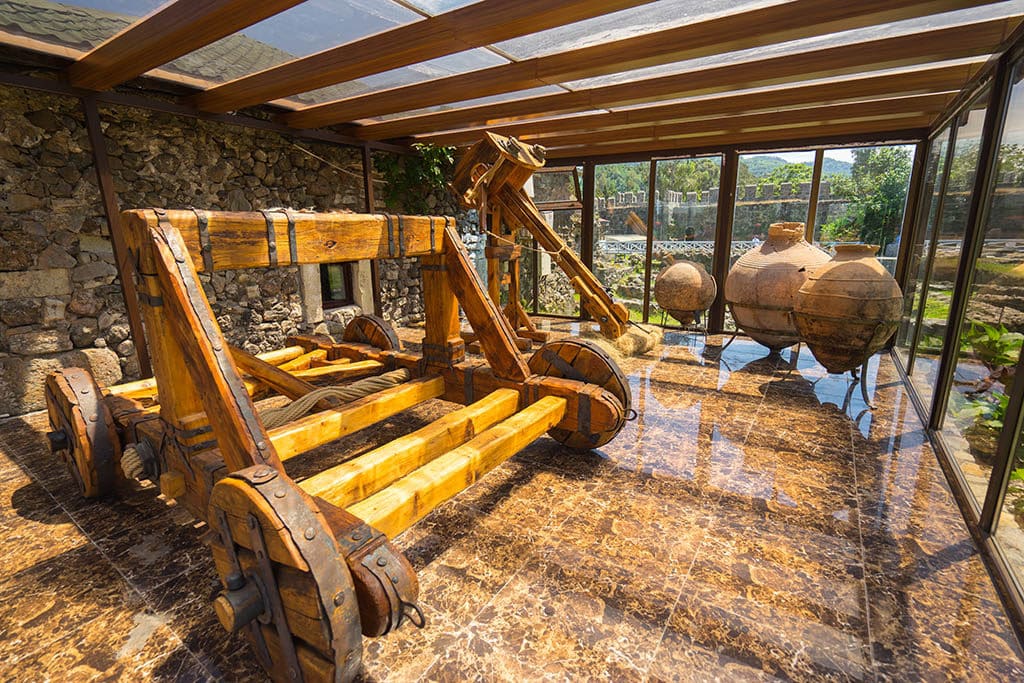The ancient Colchis kingdom, which occupied the territory of modern-day Western Georgia, was closely connected with Ancient Greece and the Roman Empire. It is no coincidence that Caucasian heroes like Amirani (a prototype of Prometheus) and King Aeëtes, who possessed the Golden Fleece, appear in ancient Greek legends. To this day, Western Georgia features monuments from the Greek, Roman, and Byzantine eras. One such monument is the ancient Roman fortress of Gonio-Apsarus.
Historical background
The Gonio-Apsaros Fortress is one of the most ancient architectural monuments that have survived to this day and the oldest fortress in Adjara. Household items and archaeological layers have been discovered on the territory of the citadel, indicating that people settled here as early as the 15th century BC.
The name of the monument intertwines two eras with which the history of the fortress is associated.
The first of them is closely intertwined with the legend of the Argonauts. Apsirit was the name of the prince of Colchis, the son of King Aietes, from whom the legendary Argonauts led by Jason took the Golden Fleece. According to legend, Jason killed the prince, who set out in pursuit to return his sister Medea and the Golden Fleece. The body was thrown into the water, and the sea washed it onto the territory of the modern fortress.
The second era is associated with the Roman Empire and Italy, ships from Genoa (the maritime capital of Italy) arrived at the fortress. Local residents changed the name of the Italian port in their own way, calling it Gonio.
There is a monument from another era on the territory of the fortress – the Christian one. This is the symbolic grave of the Apostle Matthias, who joined the disciples of Christ instead of Judas Iscariot. According to one legend, he came to the fortress to preach Christianity and died here.
It is noteworthy that the citadel of the ancient Roman army served as a military base until the second half of the 20th century. After the fall of the Roman Empire, Byzantine warriors were stationed on the territory of the fortress, who were later replaced by the Seljuk Turks, who expelled the Byzantines from the Black Sea region. The Seljuks were defeated by the Mongols, after which, from 1547, for more than three centuries, the Ottomans with their Janissaries began to rule the southern and southwestern lands of Georgia. After numerous Russian-Turkish troops, according to the peace treaty of 1878, the army of the Russian Empire, and later the USSR, settled in the fortress.
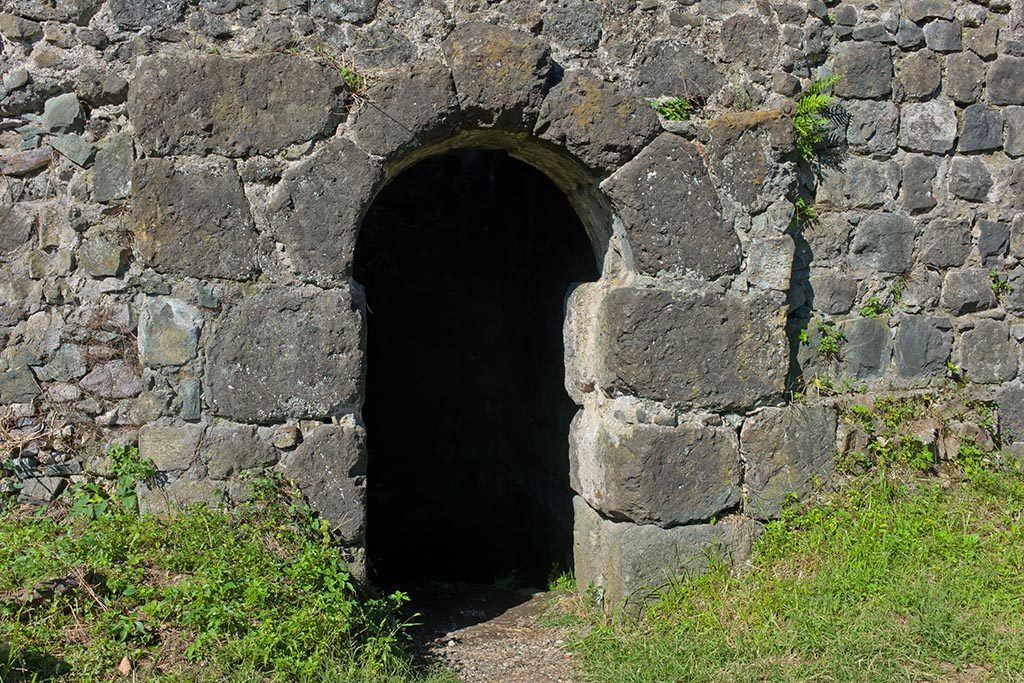
Walk the charming streets of the Old Town with our immersive English-language audio guide.
Start your tourAt the end of the 20th century, after the discovery of a treasure in 1974, dating back to the 2nd-5th centuries AD, historians and archaeologists managed to free the historical monument from the presence of a military base, and obtain permission to conduct research. Since 1994, the fortress has received the status of a museum-reserve, and scientists conduct scientific work on its territory.
Ancient Roman Citadel – Description of the Fortress
The Gonio Fortress is a well-preserved citadel, the purpose of which was to protect the Roman borders from the invasion of enemy troops from the north, east and from the sea (west).
The strategic position of the fortress was so successful that its importance did not diminish for two millennia. It reliably covered the gorges of the Chorokhi and Adjaristskhali rivers and did not allow enemies to break through from the north, from inner Georgia, to the Black Sea coast.
The five-meter walls of the fortress are a rectangle with a perimeter of almost 900 meters. There used to be gates on all four sides of the world, now only the western entrance to the citadel remains. The fortress looks great because it was rebuilt by the Ottomans in the 16th century. Before the Turkish reconstruction, there were 22 watchtowers, after which their number decreased, now 18 seven-meter elevations above the fortress walls remain.
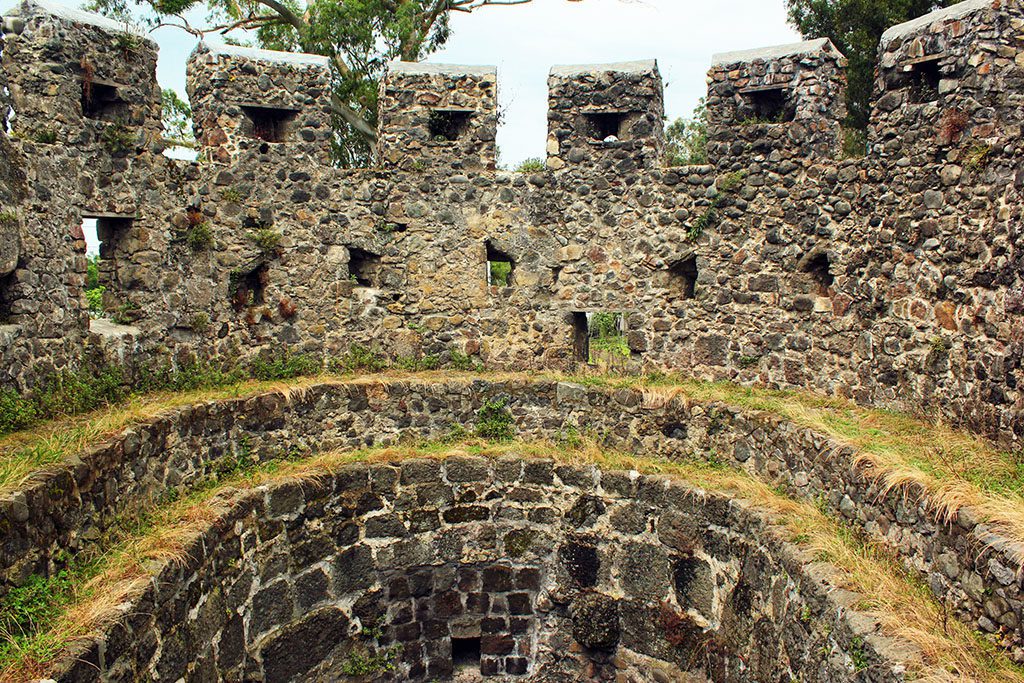
There is speculation that even before the fortifications were built, there was an ancient Greek city called Apsaros at this location.
Tourists can view the supposed ruins of a hippodrome and a theater. Beyond the southern walls of the citadel, burials dating back to the 5th century BC have been discovered.
The fortress also retains the ruins of Roman baths, known as thermae. Later, when the citadel came under Ottoman control, these thermae were converted into Turkish baths. Archaeologists have uncovered ceramic pipes from a complex branching water supply system, implemented with ceramic tees (as early as the 2nd century). These water systems served the warriors living in the citadel for several hundred years.
Opposite the symbolic grave of the Apostle Matthias, one can see the ruins of a mosque where the soldiers of the Turkish garrison prayed.
Currently, there is a museum on the territory of the fortress, which houses some of the artifacts discovered in the fortress.
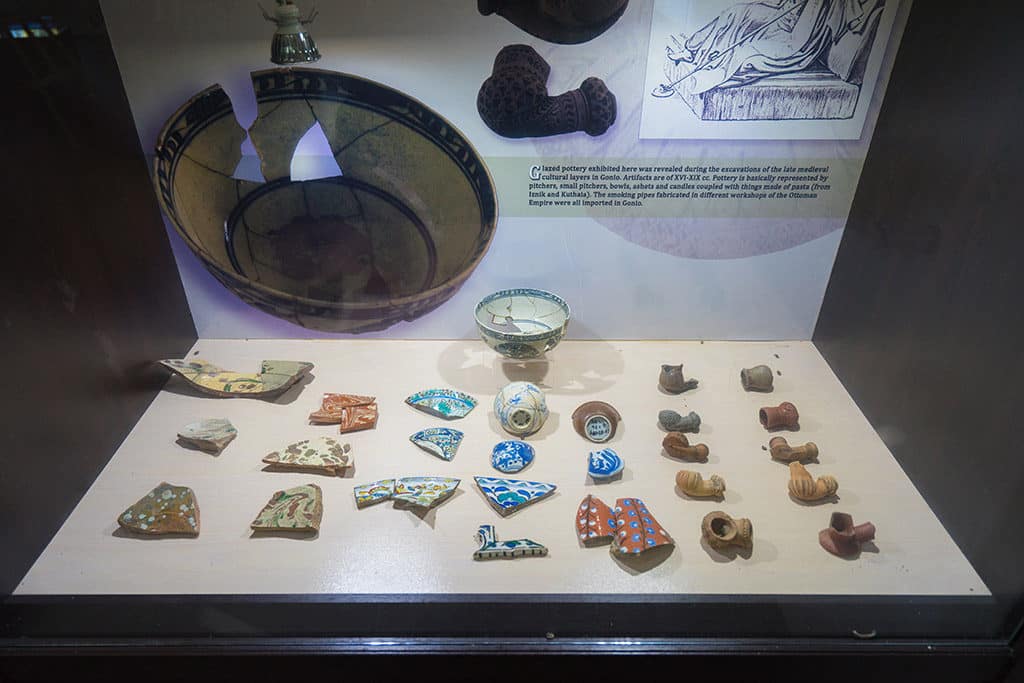
Information for tourists
Getting to the Gonio-Apsaros Fortress is easy on your own, as minibuses frequently depart from Batumi. You can board a vehicle heading to the fortress at Tbilisi Square, which is located to the left along Chavchavadze Street, opposite the Cathedral. Look for a minibus going to Sarpi; the fare is 1 GEL ($0.37). They are usually parked on the edge and are quite noticeable. Also, listen to the “callers” who will guide you to the right vehicle.
Alternatively, you can take the regular bus No. 16. The travel time is about half an hour.
If you’re driving your own car, the fortress has a convenient parking area right next to the highway.
Entrance to the Gonio Fortress is paid, costing 8 GEL ($2.5).
You can also visit the St. Andrew the First-Called Waterfall, which is just 6 kilometers past the fortress. It is said that St. Andrew the First-Called and Simon the Zealot might have stopped at this waterfall when they came to Georgia with their mission to spread the Christian faith. After visiting the waterfall, you can return to Gonio and stop by the fortress.
Don’t hurry back to Batumi. The sea water and beaches in Gonio are clean, allowing you to enjoy the sea until evening.
More about Batumi and Georgia:
Best hotels in the mountains of Georgia
Souvenirs – what to bring from Georgia as a gift
The Best Adjarian Khachapuri in Batumi. Top 5 Places
Shekvetili Dendrological Park (48 km from Batumi)
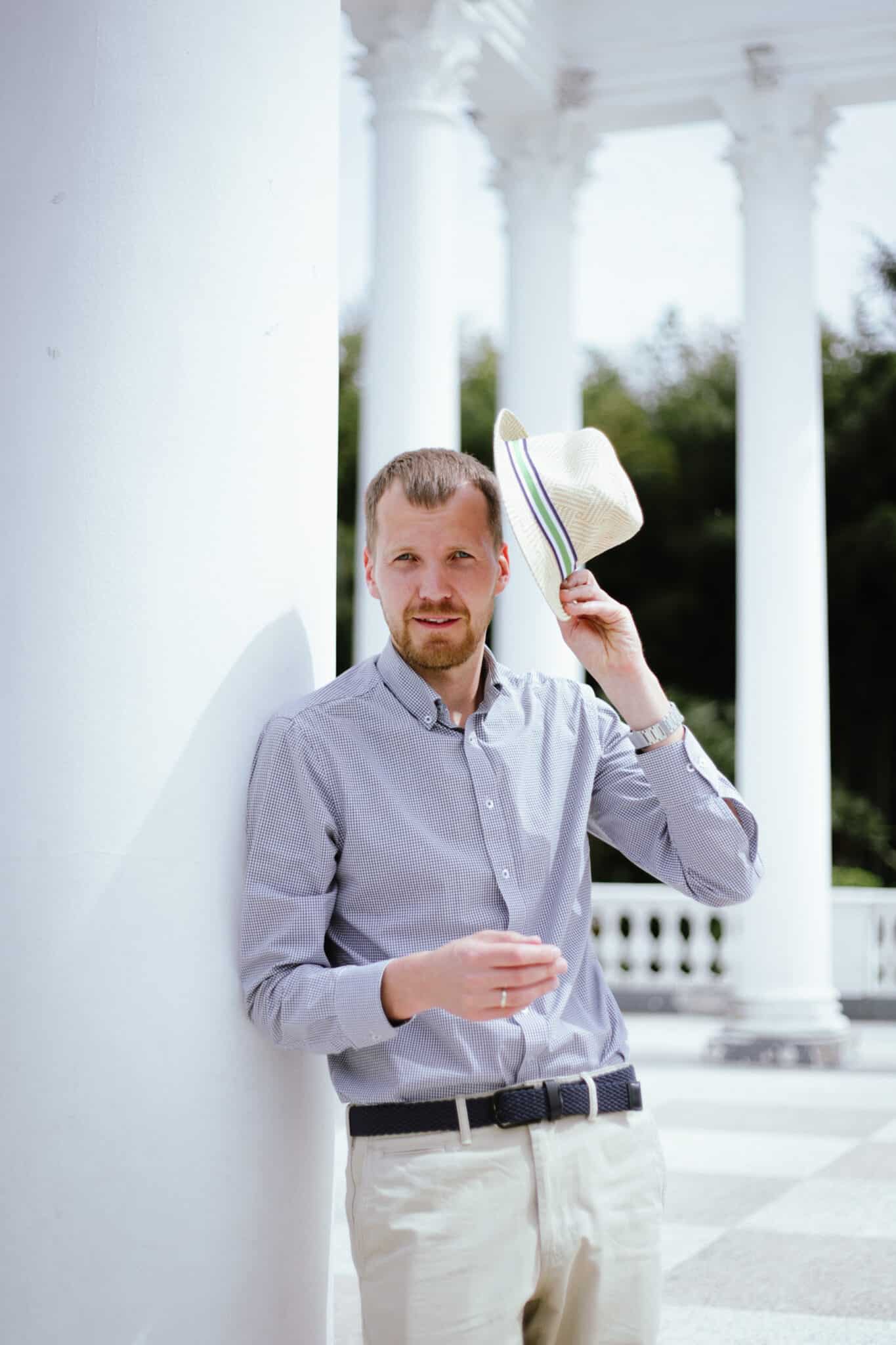
My name is Vitaly Kibitlevsky, I am a tour guide and creator of unique quests in Batumi. If you want to walk around the city with a fascinating storyteller or plunge into an exciting adventure, write to the mail: vitkibit@gmail.com
Find out more about me and my projects here


